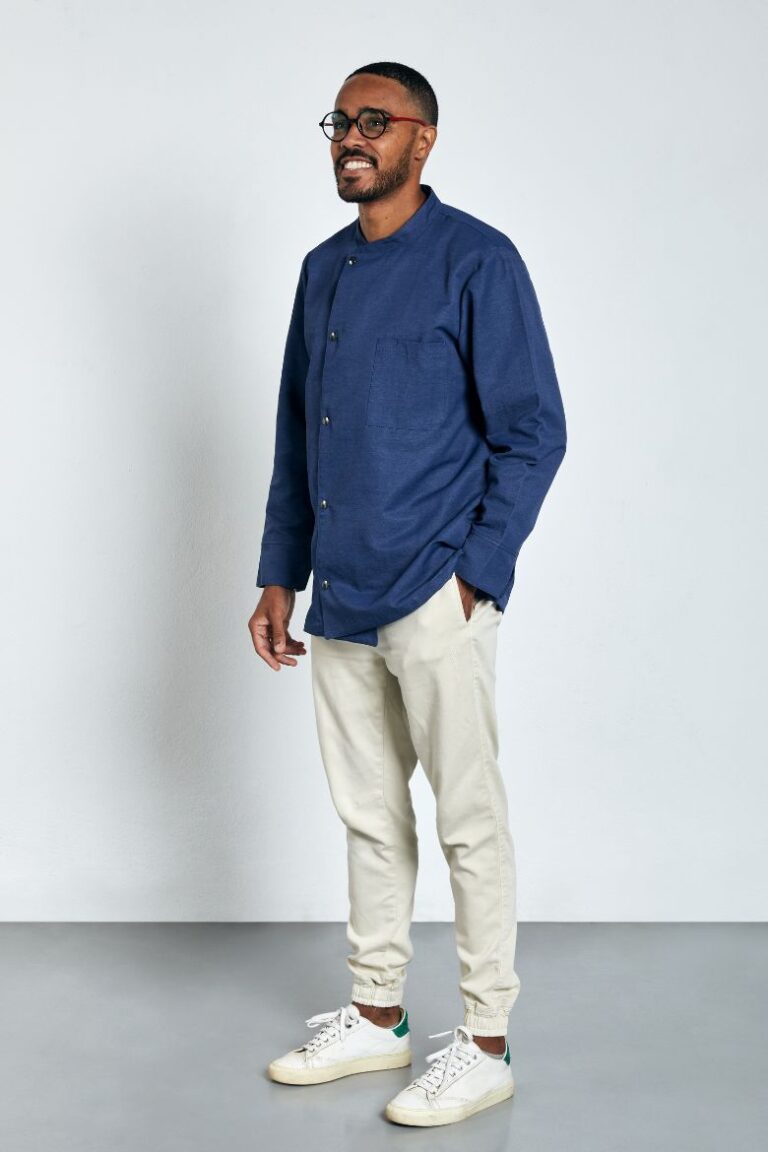
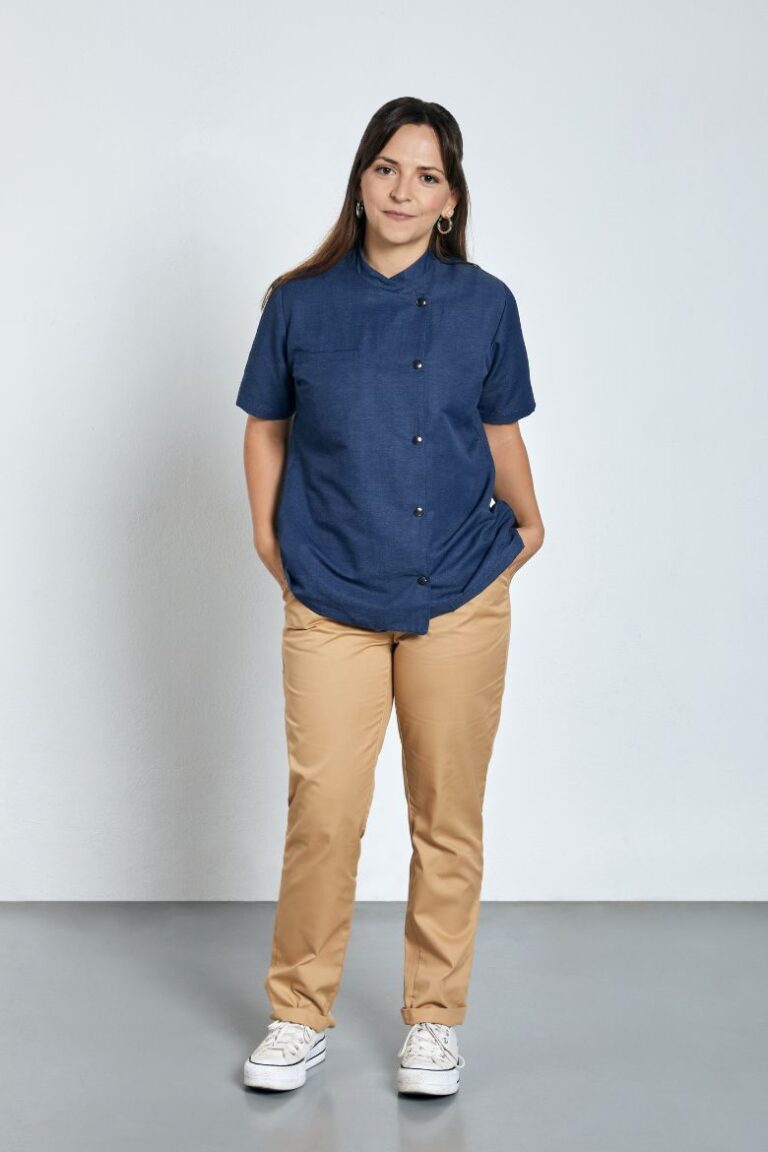
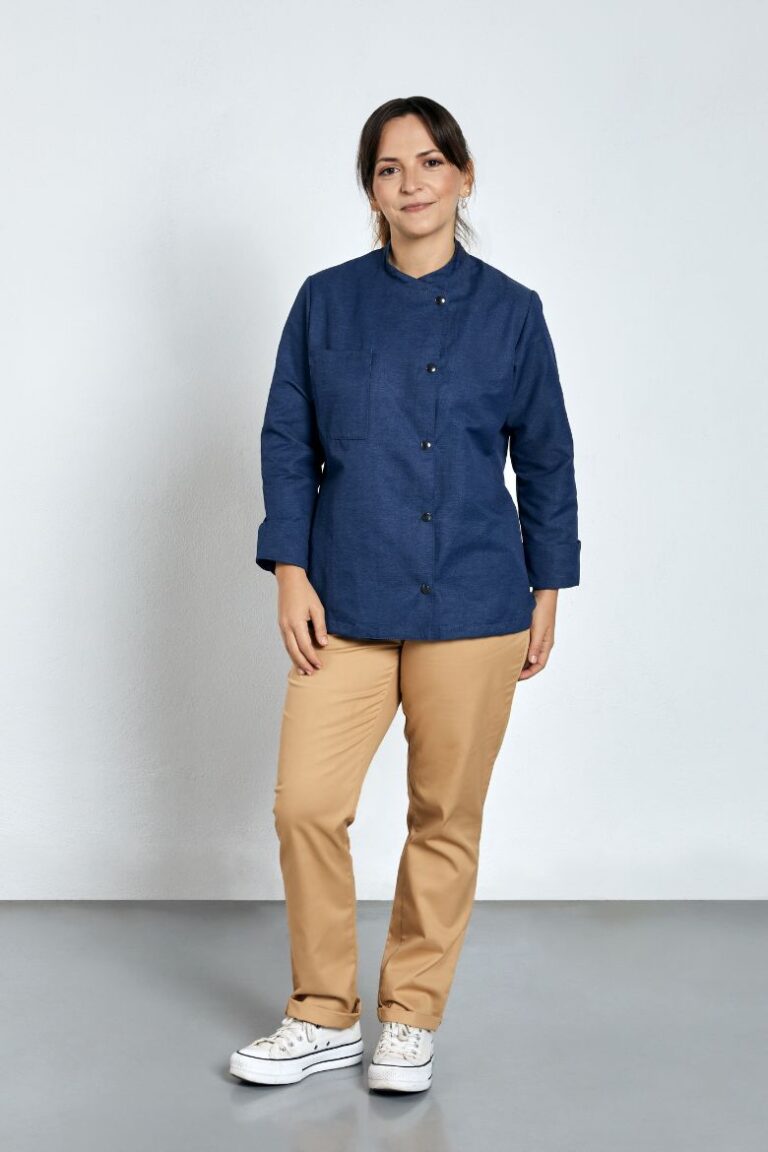
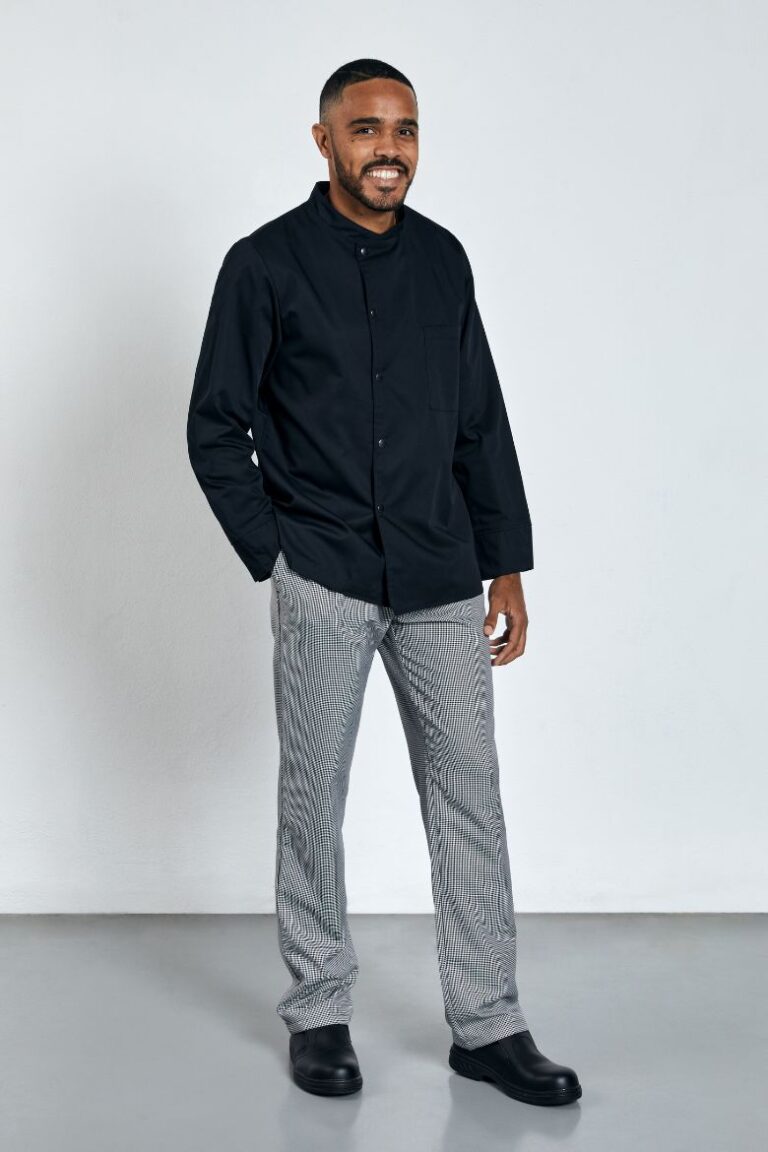
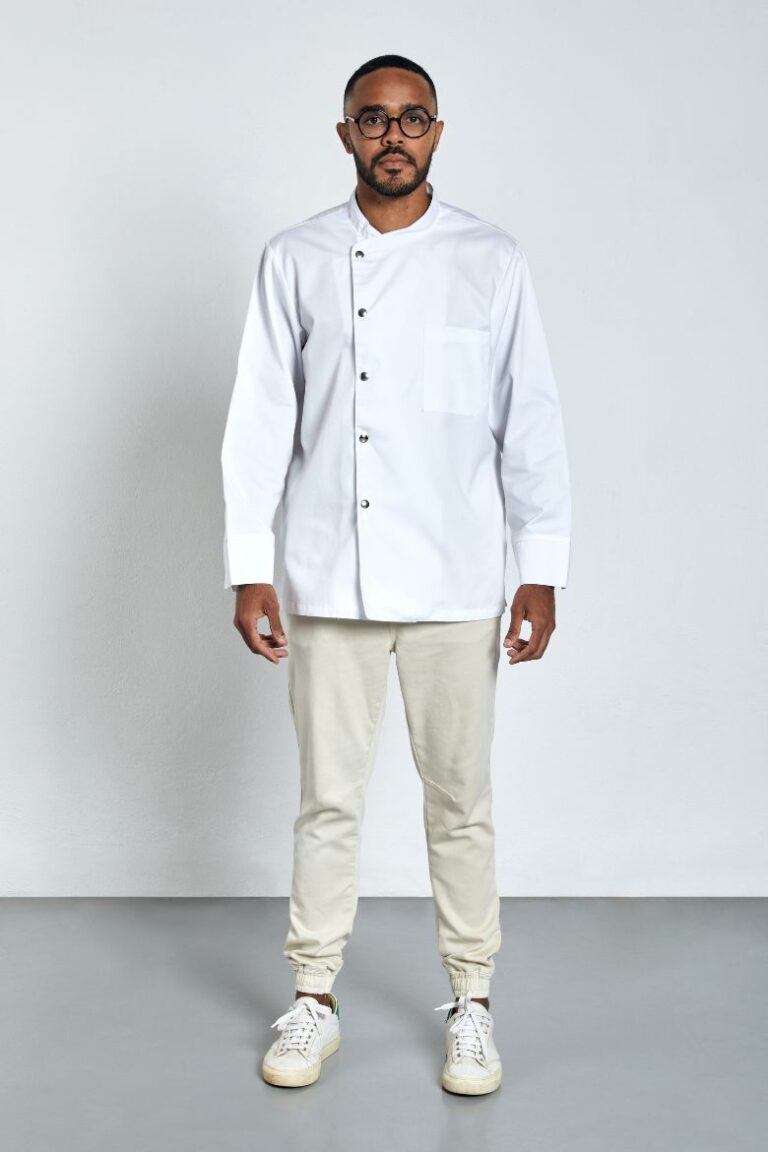
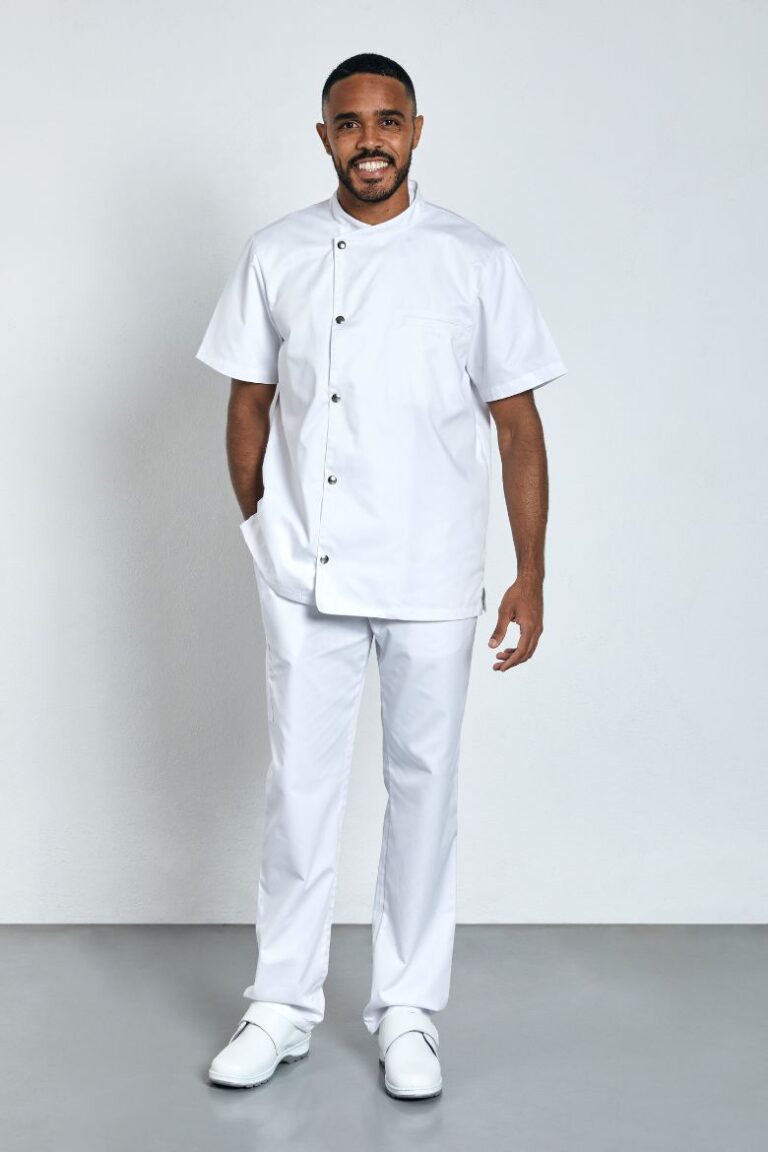
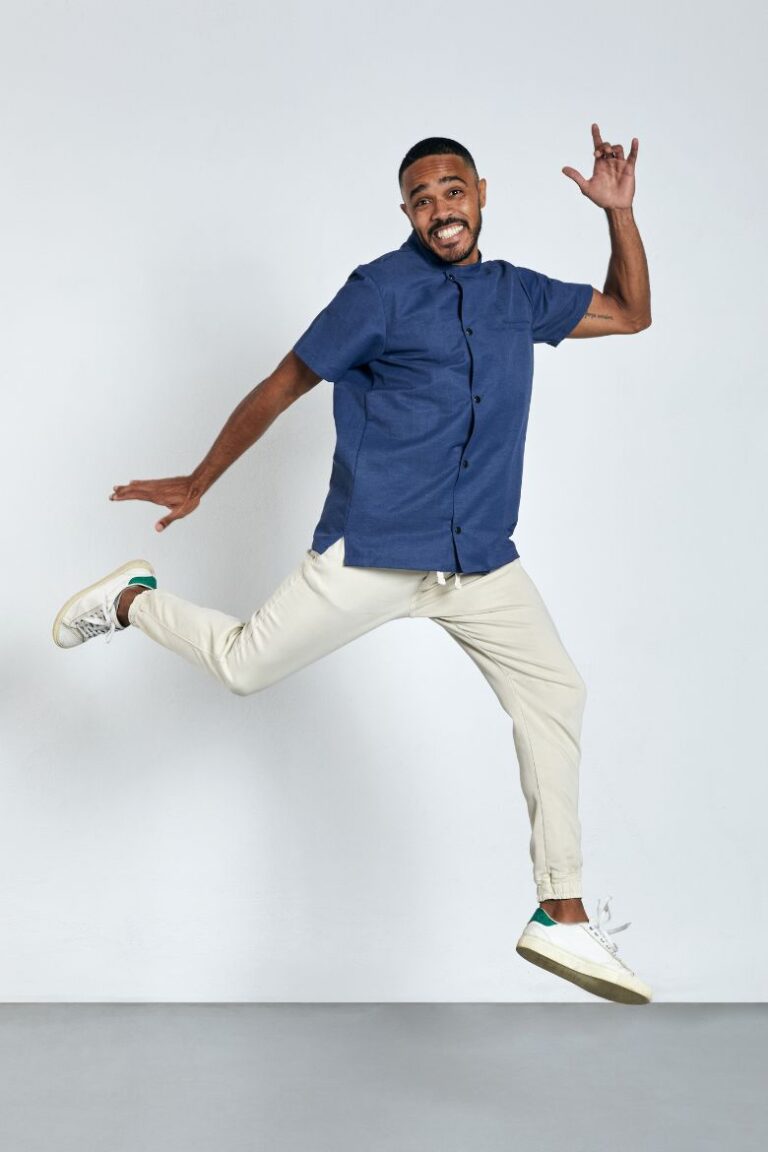
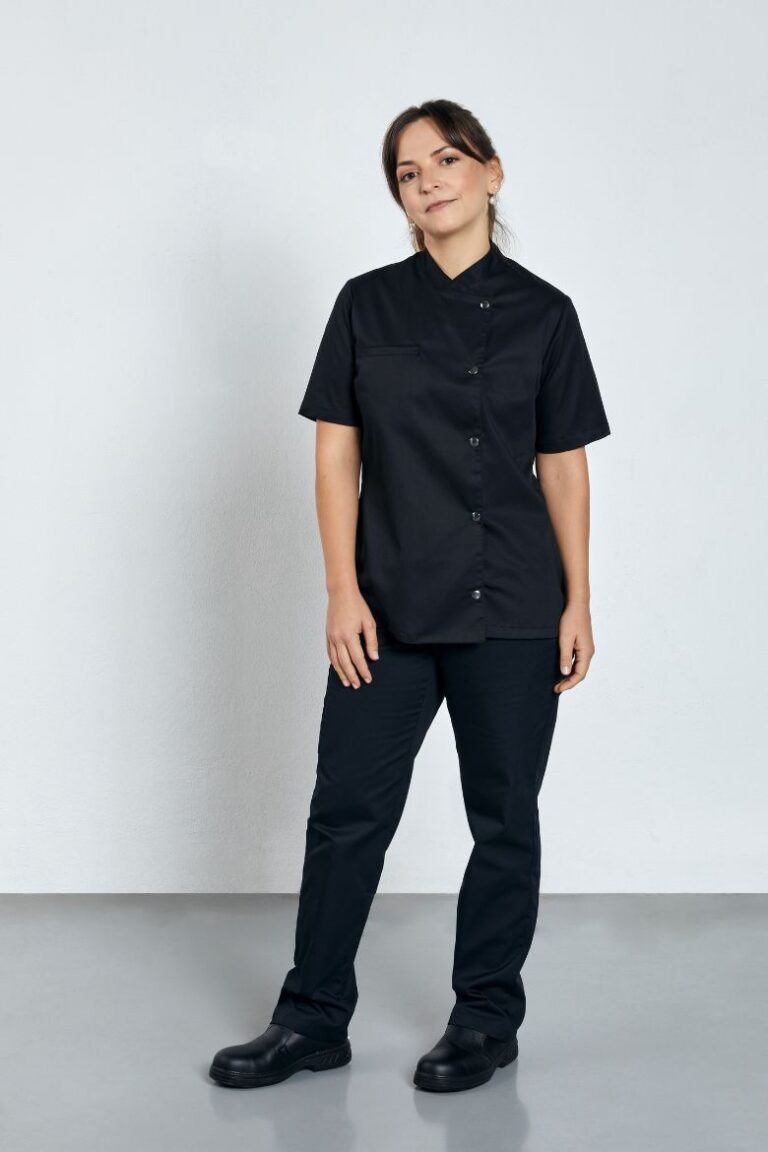
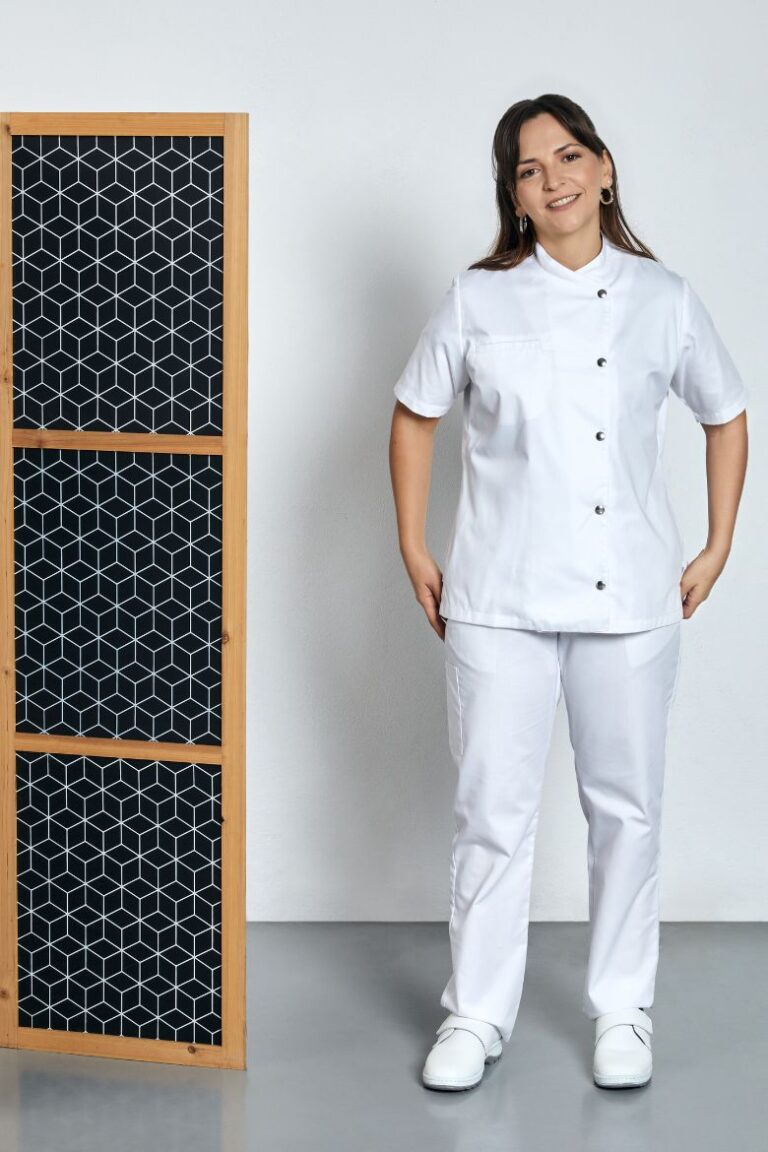
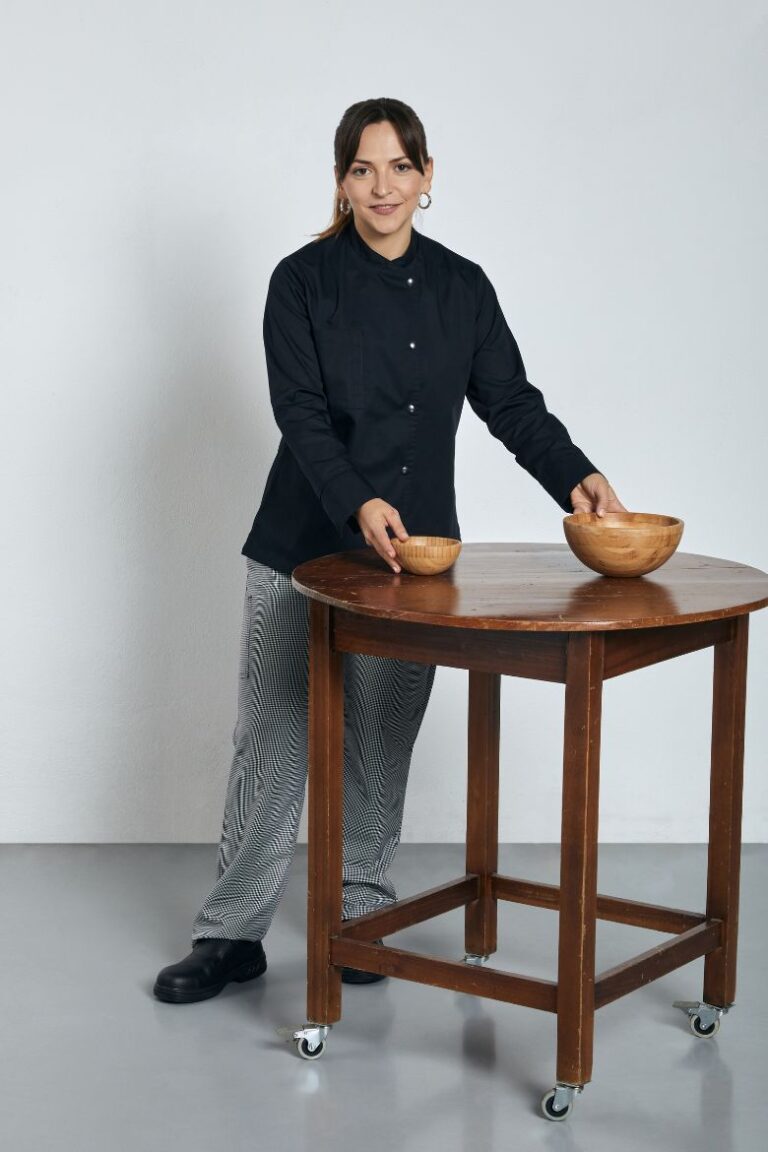
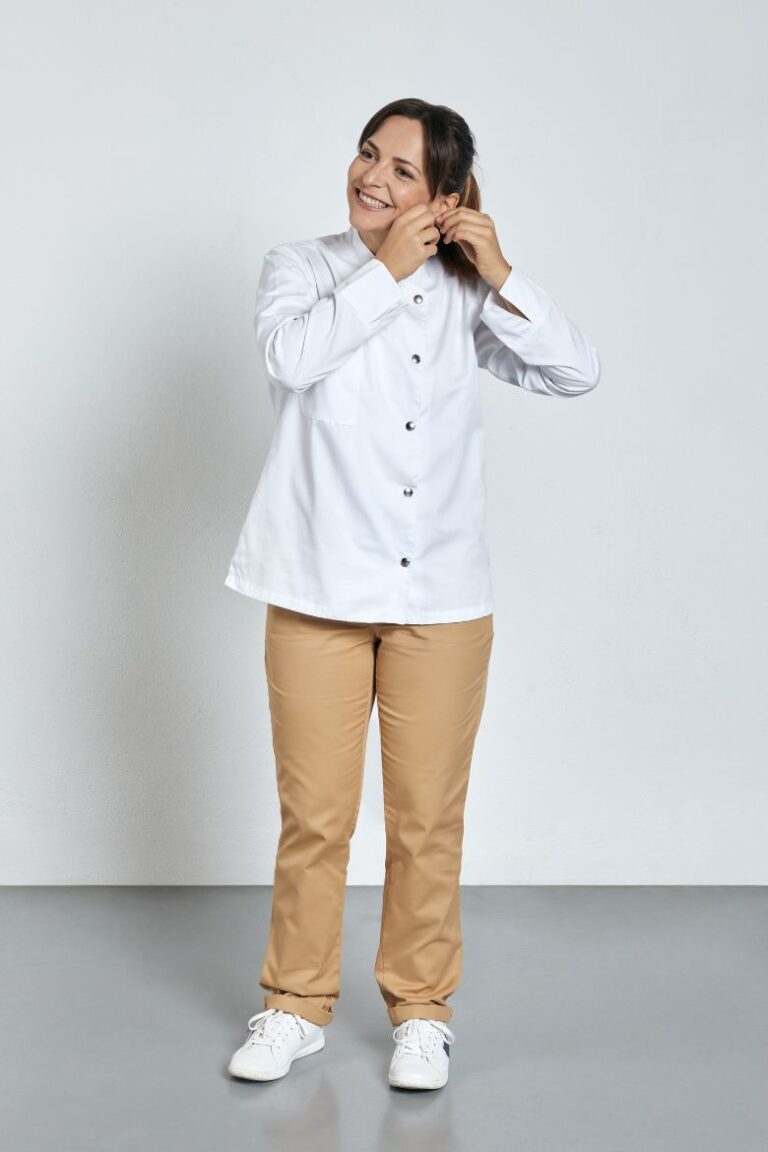
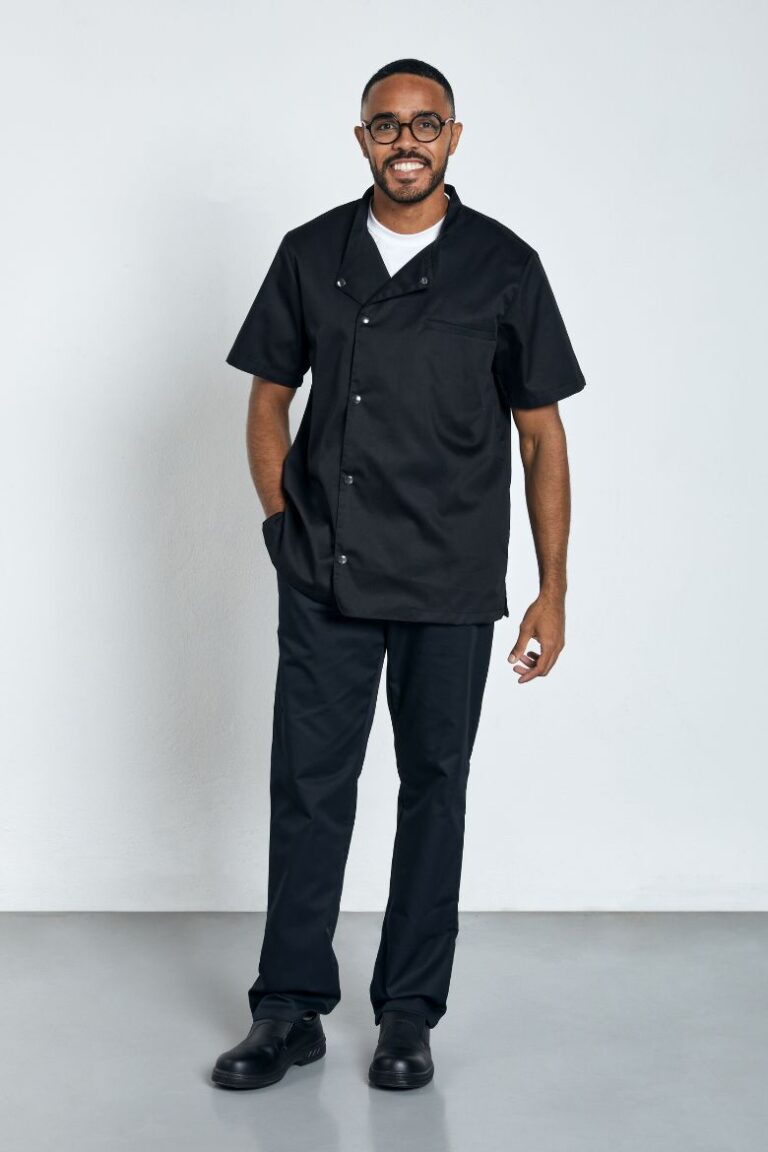
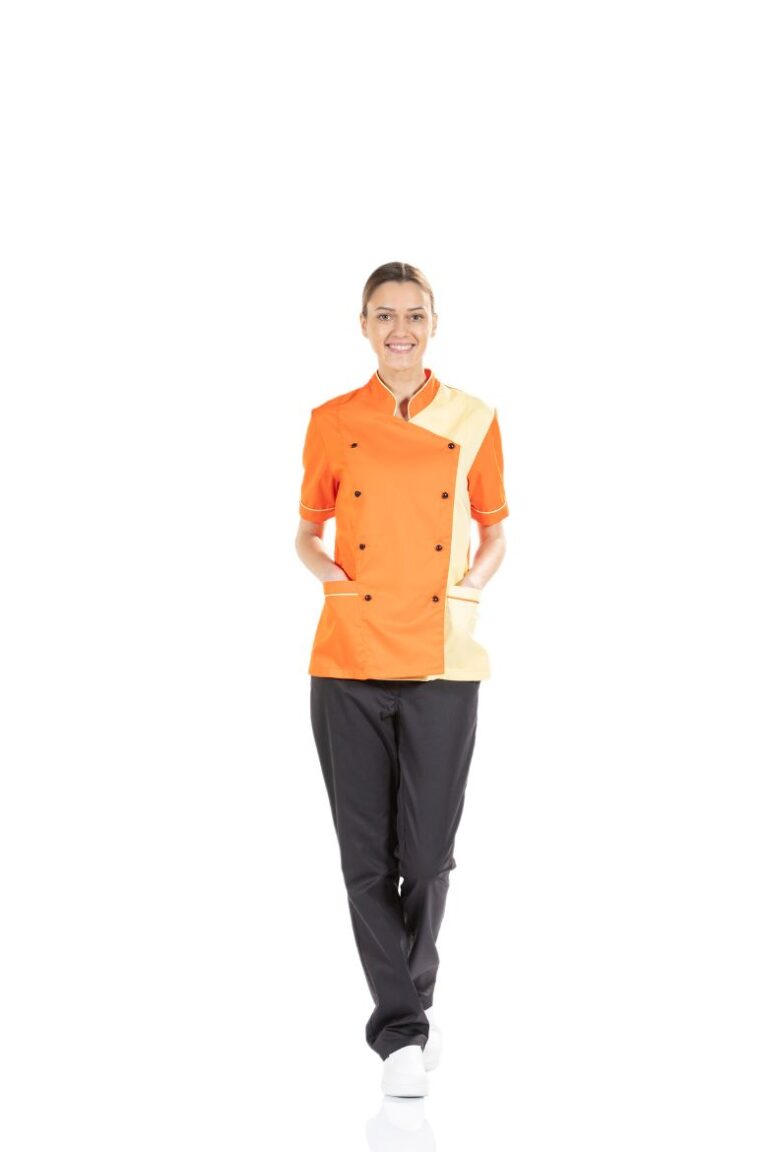
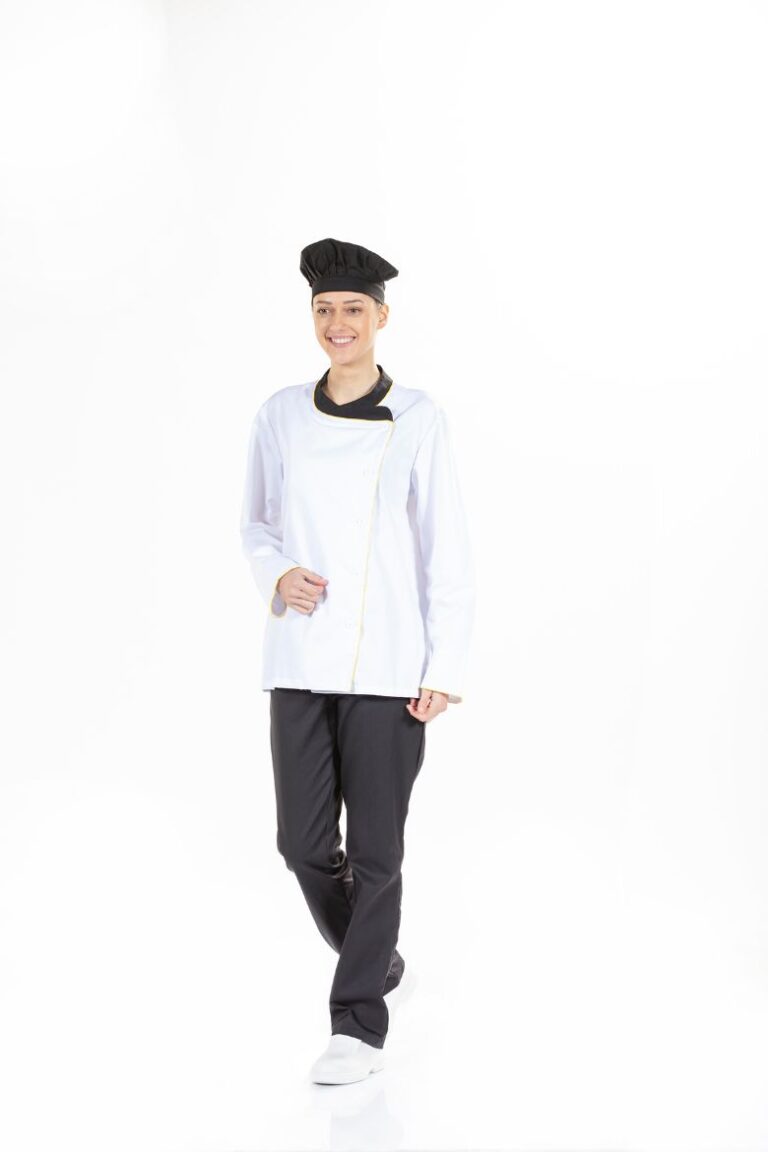
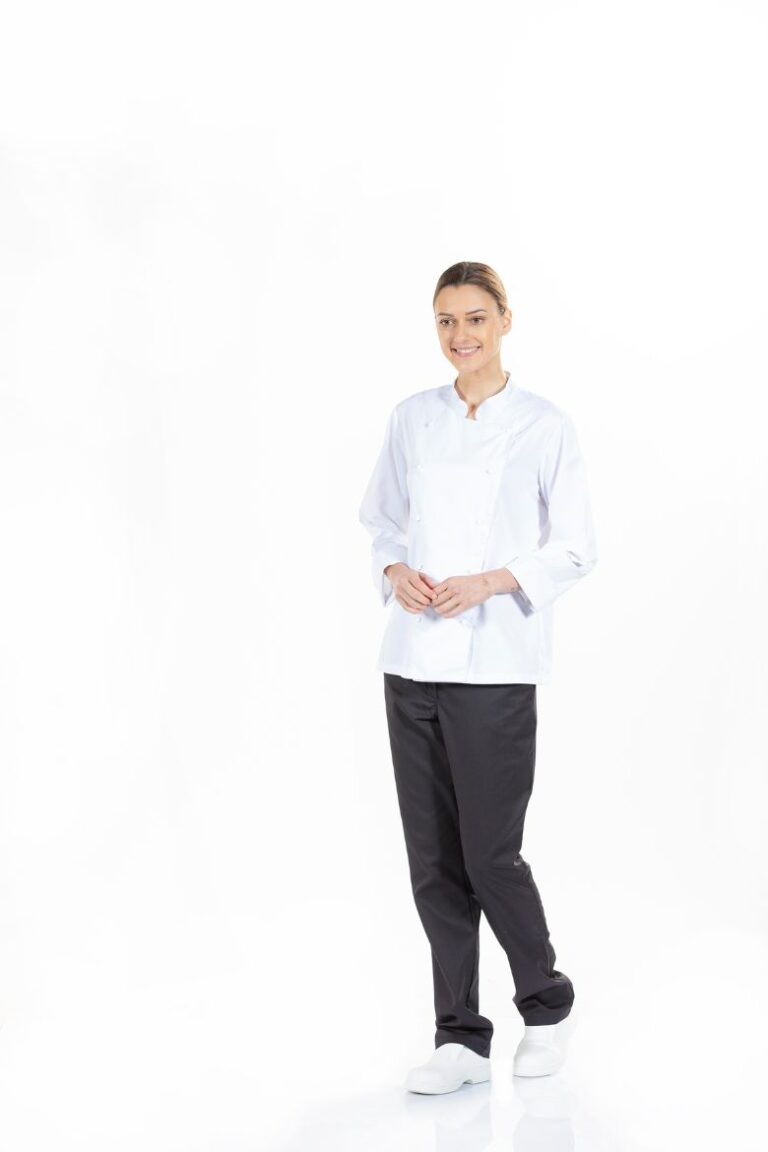
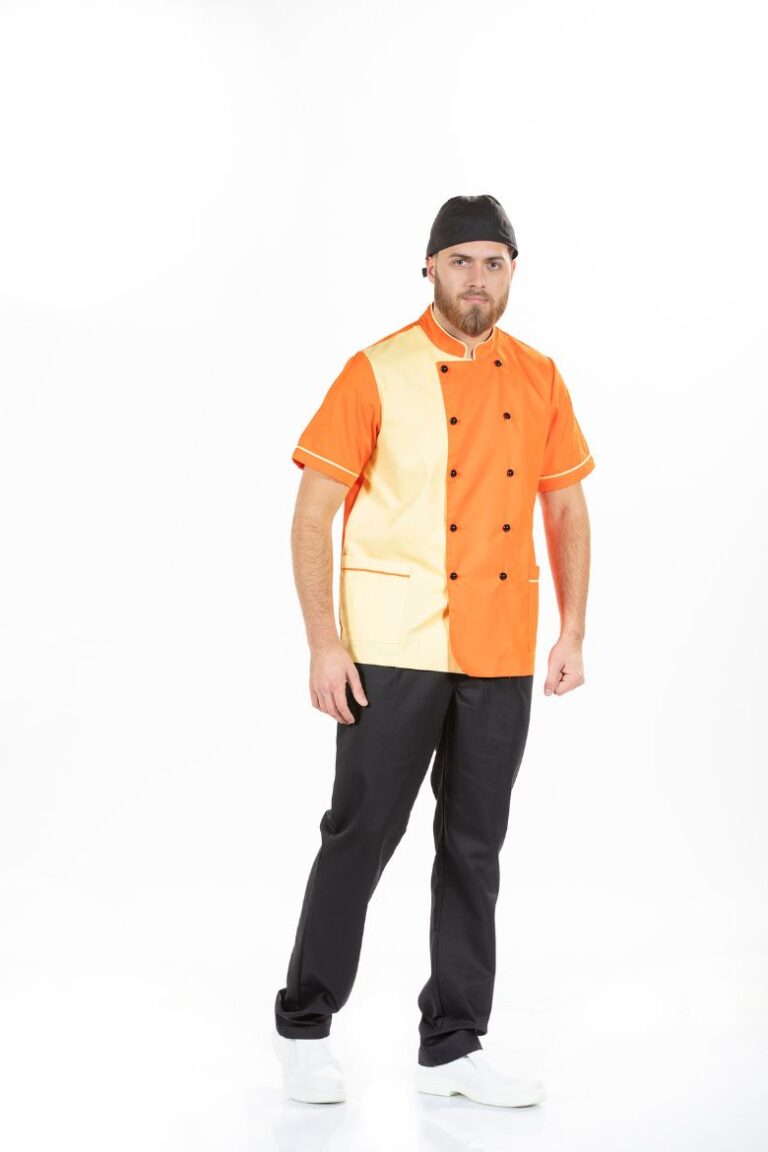
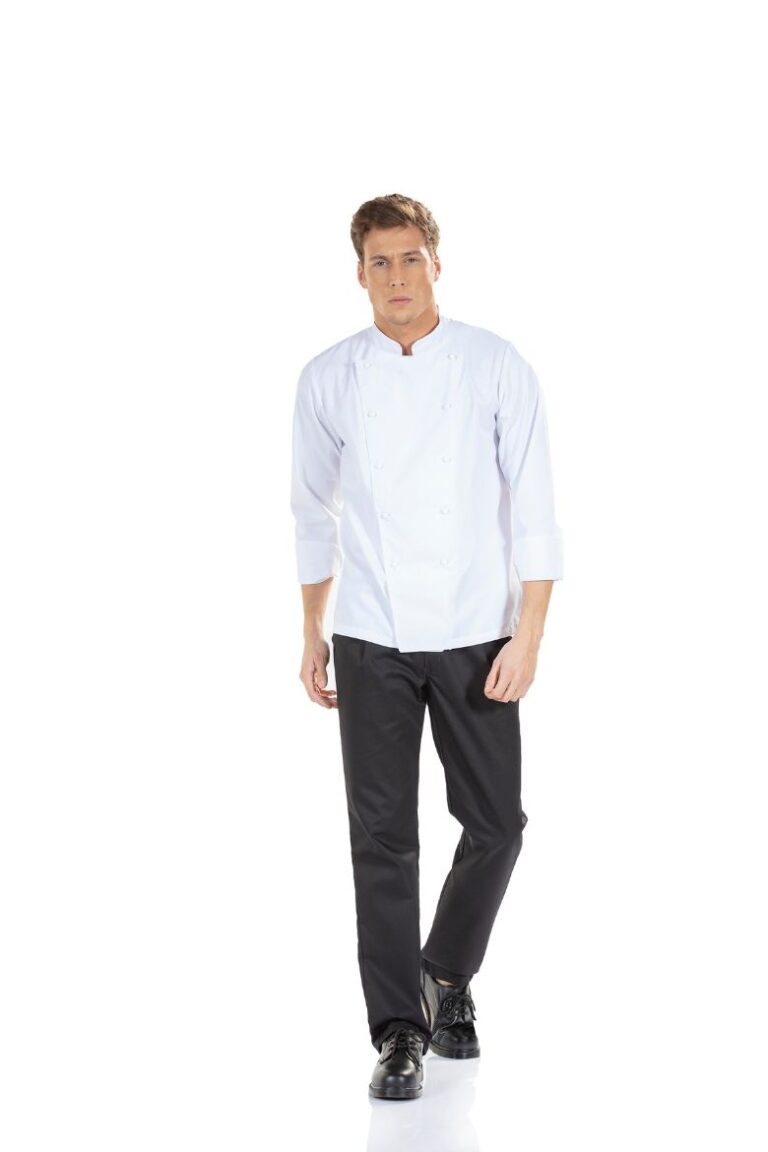
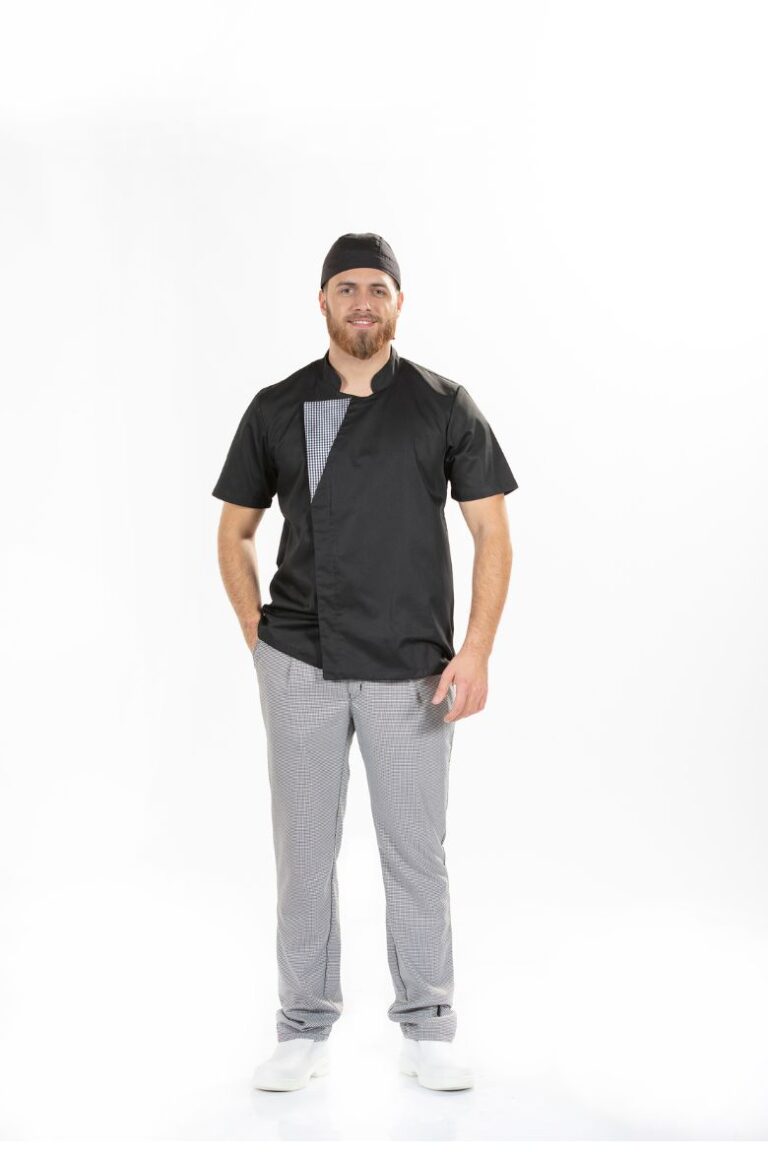
Products with visible prices are those that can be purchased immediately, online, without requiring minimum purchase quantities. This means you can explore our variety of options and purchase exactly what you need, with complete transparency regarding costs and the Professional Apparel model. On the other hand, products without a listed price function as a portfolio of possibilities. These items are highly customizable and can be tailored to each customer's individual specifications. To ensure quality and meet expectations, these products have a minimum order quantity and are subject to a custom quote process.
Chef coats protect chefs from kitchen hazards, maintain cleanliness, and signify professionalism.
Cotton-polyester blends offer a balance of comfort, durability, and stain resistance.
Yes, many establishments add logos and names to chef coats for branding purposes.
Chef coats are an essential component of professional kitchen uniforms, blending functionality, durability, and style. Modern chef coats come in various designs and colors, catering to the diverse preferences of kitchen professionals. Explore everything you need to know about chef coats, their history, features, and tips for choosing the perfect one.
Chef coats were originally developed to protect chefs from kitchen hazards while denoting authority and professionalism. The double-breasted design served dual purposes:
In the 1800s, Chef Marie-Antoine Carême revolutionized the industry by introducing white chef coats to symbolize cleanliness. He also popularized the double-breasted style and the differentiation of chef hats, setting the standard for professional kitchen attire.
Chef coats are crafted with the kitchen professional in mind:
Many chef coats include:
Selecting the right material is critical:
Chef coats are tailored to specific kitchen needs:
Chef coats go beyond functionality; they also serve as a branding tool:
Chef coats are a cornerstone of professionalism in the culinary world. They provide protection, functionality, and a platform for self-expression or branding. By choosing a high-quality chef coat that fits well and meets your specific needs, you ensure both comfort and safety in the kitchen while upholding the standards of a professional chef.
To subscribe, please enter your e-mail address and click on “Subscribe”.
You can stop receiving our communications by clicking on the link in the footer of any of our newsletters.
Para efetuar a sua subscrição, por favor insira o seu e-mail e clique em “Subscrever”.
Poderá parar de receber as nossas comunicações, ao clicar no link para o efeito encontrado nos rodapés de qualquer uma das nossas Newsletters.
UNIFARDAS® supports Espaço T, which is an inclusive organisation, of all and for all, and our common goal is to increase employment opportunities for young people with special needs and/or who, for some reason, have been excluded from the labour market.
We work hard to provide safe working conditions by going beyond the imposed and mandatory minimums.
We support, nurture and offer continuous training programmes aimed at improving skills.
At UNIFARDAS® we keep up to date with the latest technologies and innovations that can optimise our production process making it more efficient and close to zero waste.
UNIFARDAS® is a partner of Espaço T, an inclusive organisation, of all and for all, with the common goal of increasing employment opportunities for young people with special needs and/or who, for some reason, have been excluded from the labour market. In this organisation, immigrants will also find a support network in finding work and housing.
In addition to the sustainable path we have been taking throughout our production and supply chain, UNIFARDAS® participates, supports and organises a beach clean-up every year after the bathing season, in partnership with World Clean-up Day. We are also partners of Seaqual, an entity that, together with some other partners, promotes the collection of ocean waste and its transformation into upcycled marine plastic that will then be used in the production of fabric and other sustainable products.
In addition to the sustainable path we have been taking throughout our production and supply chain, UNIFARDAS® participates, supports and organises a beach clean-up every year after the bathing season, in partnership with World Clean-up Day. We are also partners of Seaqual, an entity that, together with some other partners, promotes the collection of ocean waste and its transformation into upcycled marine plastic that will then be used in the production of fabric and other sustainable products.